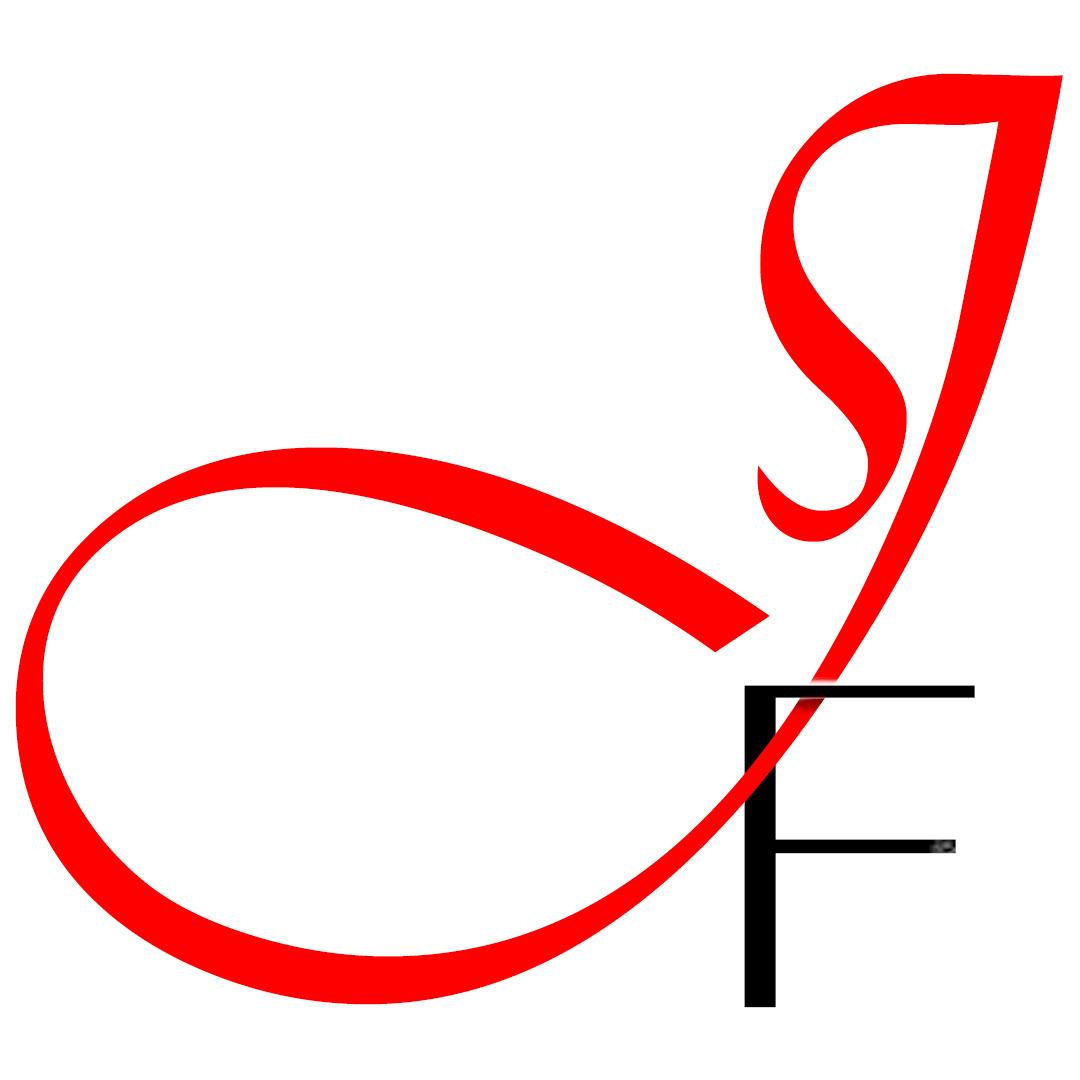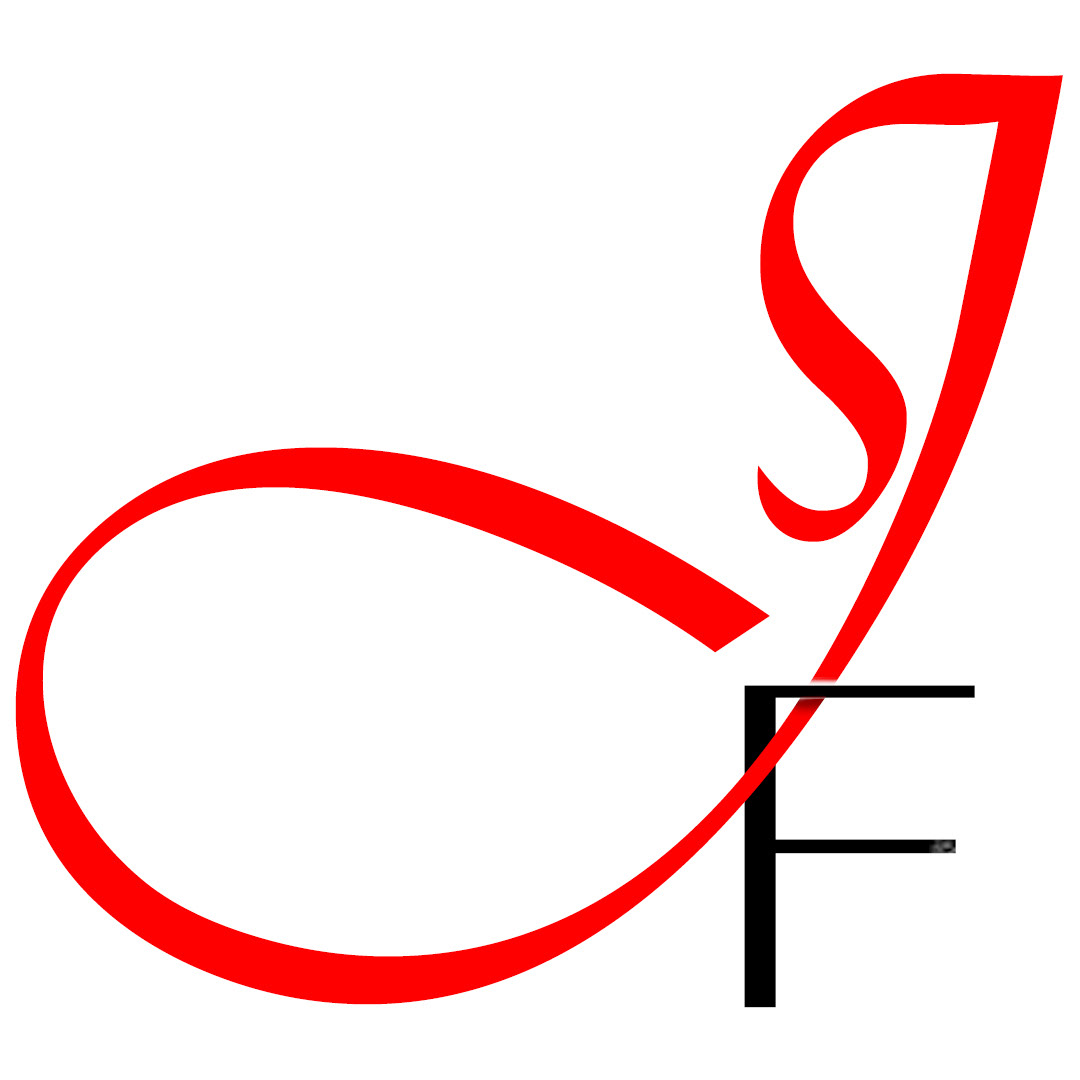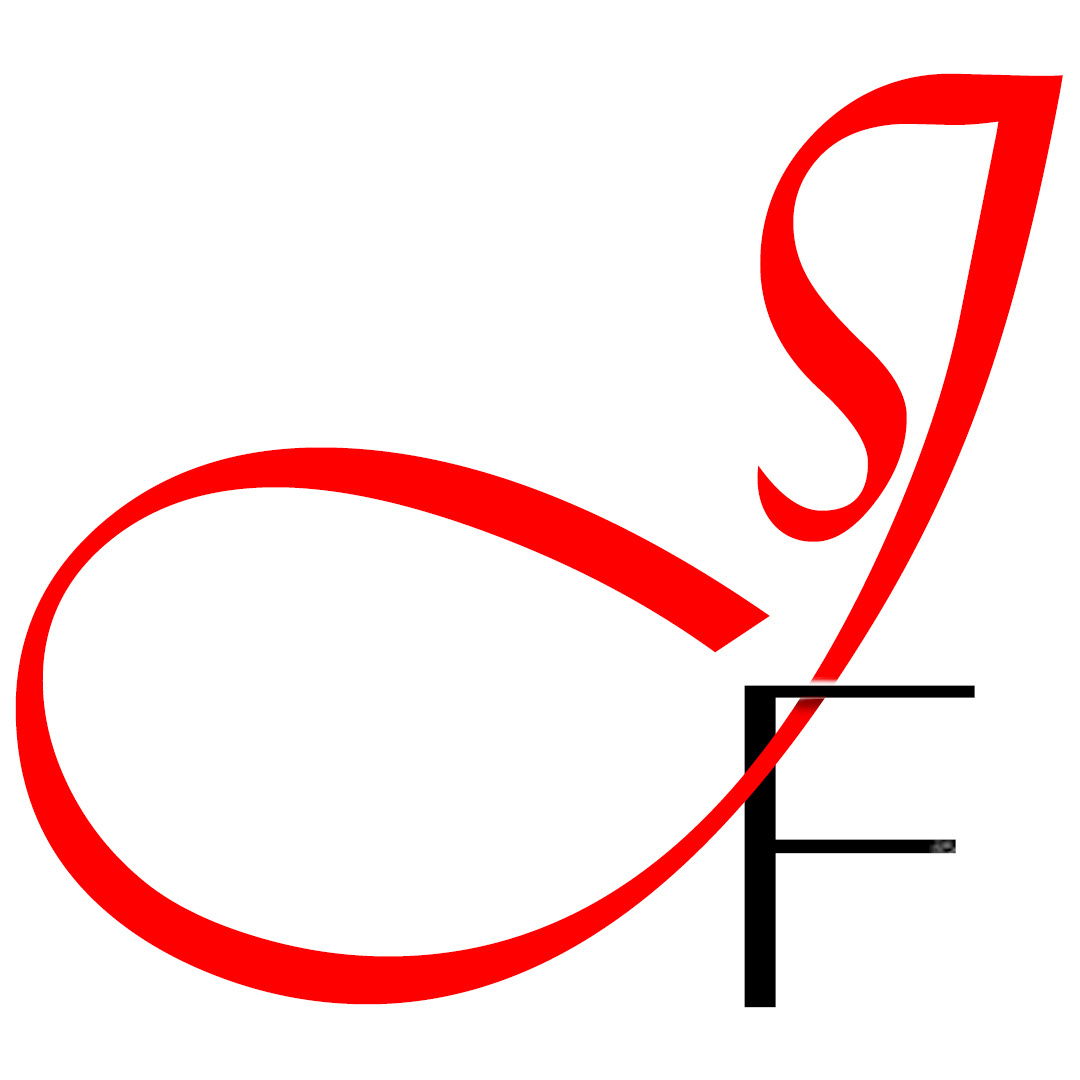In both marketing and personal aesthetics, the principle of "less is more" is a powerful tool that can create clarity, impact, and authenticity. In marketing, simplicity allows the message to cut through the noise and connect with the audience on a deeper level. Rather than overwhelming potential customers with information, visuals, or offers, a minimalist approach helps distil the brand's core value and message. This focused strategy can highlight a brand’s unique strengths without distraction, making it easier for consumers to engage and recall. Campaigns that focus on just one strong concept or image often leave a more lasting impression than those packed with multiple competing ideas.
Similarly, the "less is more" aesthetic taps into the power of restraint and subtlety. In design, whether it's a website, an ad, or personal style, the intentional use of space, clean lines, and a few well-chosen elements creates a sense of elegance and purpose. Minimalist aesthetics evoke calm and confidence, signaling that the creator is secure in their choices and not trying to compensate with excess. Just like in marketing, paring down to the essentials allows for better appreciation of quality and meaning.
Both in marketing and aesthetics, the pursuit of simplicity is not about deprivation but refinement. When less is prioritised, every element that remains must serve a purpose, making the overall message or design not only more compelling but also more trustworthy. A clutter-free approach invites people in, engaging their curiosity and allowing the story or experience to unfold naturally. This ultimately builds a deeper connection between the brand or individual and their audience.
Similarly, the "less is more" aesthetic taps into the power of restraint and subtlety. In design, whether it's a website, an ad, or personal style, the intentional use of space, clean lines, and a few well-chosen elements creates a sense of elegance and purpose. Minimalist aesthetics evoke calm and confidence, signaling that the creator is secure in their choices and not trying to compensate with excess. Just like in marketing, paring down to the essentials allows for better appreciation of quality and meaning.
Both in marketing and aesthetics, the pursuit of simplicity is not about deprivation but refinement. When less is prioritised, every element that remains must serve a purpose, making the overall message or design not only more compelling but also more trustworthy. A clutter-free approach invites people in, engaging their curiosity and allowing the story or experience to unfold naturally. This ultimately builds a deeper connection between the brand or individual and their audience.









